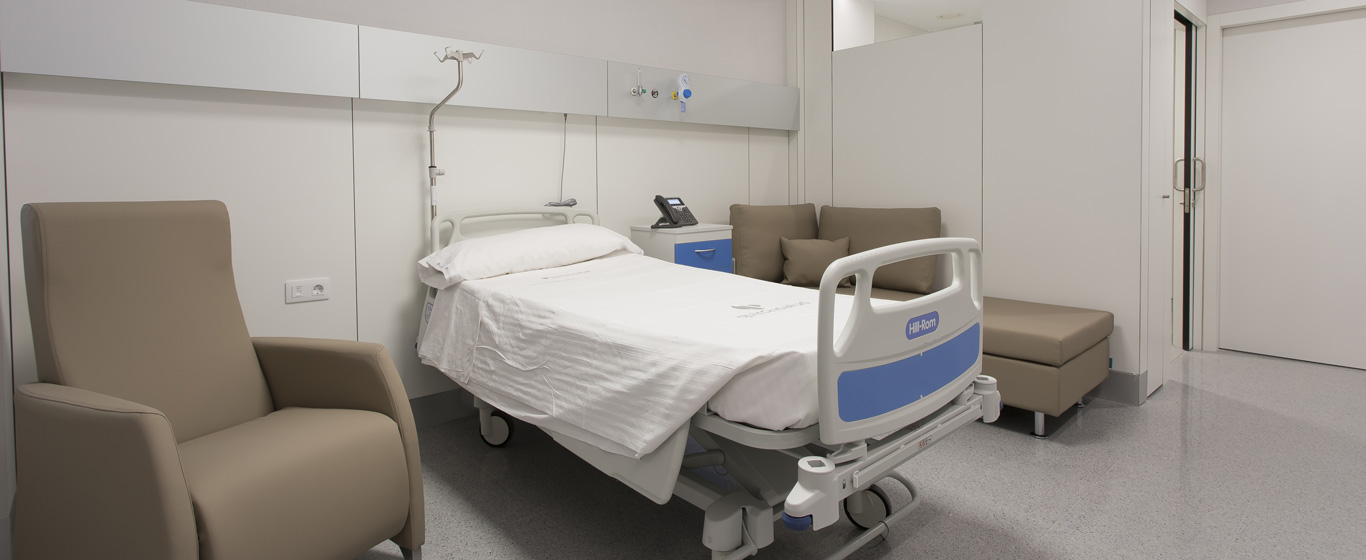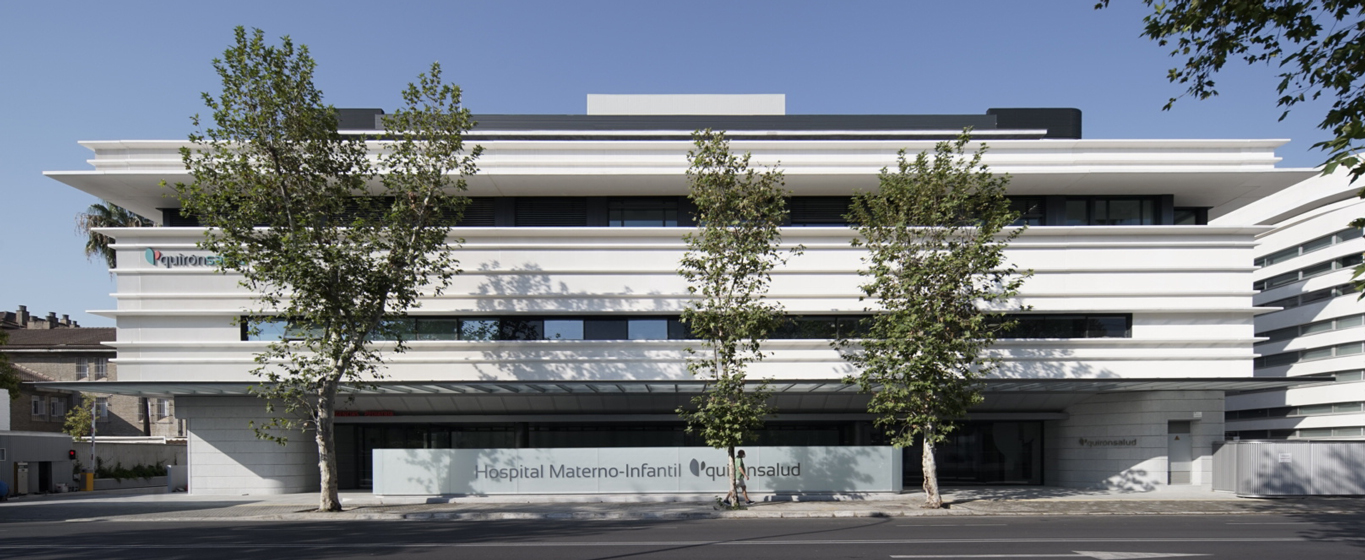Head Trauma (TBI)
What sequelae does a head trauma leave? Information about symptoms, diagnostic methods, and treatments for the different grades of TBI.
Symptoms and Causes
Head trauma is a physical or functional injury to the brain (specifically, the encephalon) caused by a strong blow to the head. It is one of the most common reasons for emergency visits, especially among children, and it is the leading cause of death among young people.
Traumas can be of various types:
- Concussion: It is mild and has a favorable prognosis, with no functional damage. The state of confusion usually lasts no longer than one minute, although post-traumatic amnesia may occur.
- Cerebral Contusion: There is damage to the cerebral cortex caused by a direct impact or by the contact between various intracranial surfaces, which is often due to a whiplash injury (acceleration-deceleration movement). Symptoms vary depending on the severity of the damage.
- Skull Fractures:
- Linear Skull Fractures: The most common type. They generally do not cause complications.
- Depressed Skull Fractures: There is more than 5 millimeters of separation between the fragments.
- Fractures at the Base of the Skull: These require special monitoring, although complications are rare.
- Penetrating Injuries: These occur when a foreign object lodges in or passes through the head. Their severity depends on the tissues, blood vessels, and areas affected.
- Cerebral Edema: This is a serious condition. It usually forms on the outer area and then spreads. As a result, intracranial pressure increases, leading to hypertension and hypoxemia (low oxygen levels in the blood).
- Scalp Lacerations.
Patients with head trauma exhibit a wide range of symptoms, depending on the type and severity of the injury. Therefore, treatments are also highly variable and must be adapted to the specific characteristics of each case.
Symptoms
There are three degrees of head trauma based on severity. Each degree manifests different symptoms:
- Mild TBI:
- The structure of the brain is not affected.
- Verbal and motor abilities, as well as eye response, are preserved.
- Mental disturbances, if they occur, do not last more than 24 hours.
- Loss of consciousness disappears in less than 30 minutes.
- Glasgow Coma Scale results, which assess the level of consciousness, range from 13 to 15.
- Symptoms include headache, nausea, vomiting, drowsiness, dizziness, sensory problems, and difficulty speaking.
- Disorientation, memory loss, concentration issues, or mood changes.
- Moderate TBI:
- The appearance of the brain may be altered or remain normal.
- Loss of consciousness lasts between 30 minutes and 24 hours, with a Glasgow Coma Scale score between 9 and 12.
- The mental state remains altered for more than 24 hours.
- Post-traumatic amnesia lasts from 1 to 7 days.
- Symptoms include headache, nausea, vomiting, seizures, dilated pupils, numbness in the hands or feet, drainage from the nose or ears, or difficulty waking up.
- Disorientation, aggression, or mumbling.
- Severe TBI:
- The skull structure may show alterations or remain normal.
- Loss of consciousness lasts more than 24 hours, and the Glasgow Coma Scale score is below 9.
- Mental disturbances last for more than 24 hours.
- Amnesia persists for more than 7 days.
- Symptoms include intense headache, nausea, vomiting, dilated pupils, numbness in the arms or legs, or lack of coordination.
- Inability to wake up, irritability, or mood changes.
Causes
The most common causes of head trauma include:
- Falls from a height.
- Traffic accidents.
- Blows during sports activities.
- Aggression and direct violence.
- Blast waves from explosions.
Risk Factors
Head traumas can occur in anyone, but there is a higher risk in the following cases:
- Children under 4 years old.
- People over 60 years old.
- Young adults aged 15 to 24 years.
- Athletes.
- Regular drivers.
- Military personnel.
Complications
Some of the sequelae that a head trauma can leave include:
- Comatose state.
- Total or partial amnesia.
- Visual, auditory, or olfactory disturbances.
- Motor and coordination difficulties.
- Dysphagia (difficulty swallowing).
- Hydrocephalus (fluid accumulation in the brain's ventricles).
- Brain damage or vegetative state.
Prevention
To prevent head trauma, it is recommended to:
- Use mandatory safety systems in vehicles (seat belts or child booster seats).
- Wear helmets when riding two-wheeled vehicles, quads, or engaging in sports such as skating, skiing, horseback riding, or baseball.
- Adapt spaces for children and elderly people (handrails on stairs, non-slip mats in bathrooms, window protection, etc.) and enhance supervision.
What doctor treats head trauma?
Head traumas require a multidisciplinary approach, involving emergency doctors, neurologists, neurosurgeons, pediatric surgeons, physical medicine and rehabilitation specialists, and members of the trauma unit.
Diagnosis
To diagnose head trauma and determine its severity, doctors rely on the following tests:
- CT scan: Provides images of the brain and skull and allows for the detection of fractures, inflammation, or hematomas.
- Brain MRI: Offers a clearer view of the affected area and is used to detect injuries that may not be initially visible on a CT scan.
- Glasgow Coma Scale: Measures the mental capacity of a person using 15 points. The score ranges from 3 to 15 (the higher the score, the less severe the injury).
- Neurological examination (pupil response, orientation, level of consciousness) to assess the damage.
Treatment
The treatment for TBI varies depending on its severity, with the most notable options being:
- Rest and observation: Mild injuries do not require specific therapy. Rest is recommended, with attention to any changes in the patient's health or cognitive state.
- Medication to control seizures or reduce inflammation.
- Surgery to repair fractures, remove hematomas, stop bleeding, or relieve intracranial pressure.
- Rehabilitation to improve mobility and speech. In severe cases, relearning to walk or talk may be necessary.
- Neuropsychological therapy to address cognitive decline and improve the patient’s quality of life.



























































































